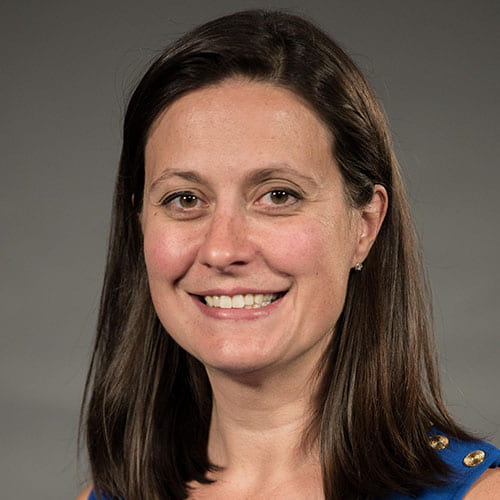Instead of focusing on these thoughts that keep me up at night, I have been thinking more about the way we come back. In a previous post, I mentioned how we can’t expect, nor should we want, a return to the way things were before the pandemic. This is a rare opportunity for all of us to reflect on what we have learned about teaching and learning over the past 18 months and use those lessons to inform our return to campus, to help us come back better. I recently listened to a podcast with Brene Brown interviewing Priya Parker, the author of The Art of Gathering (who’s book I recently read). And Parker had some really insightful advice about how we gather again in more meaningful and intentional ways. In other words, we gather according to our values versus “the ways it has always been done.” This means evaluating our meetings (what could have been an email) and why we have them (versus because we “should”). I thought some of her advice translated well to the way we rethink our teaching, so I’ve taken some of her big questions and reworked them a bit for us to consider as we plan our return.
What have you missed about in-person teaching that you’re excited to get back to?
I like this question because it asks us to drop notions based on tradition and instead focus on what about our teaching and our students actually brought us joy and satisfaction. I know many faculty struggled with online labs, virtual art or engineering projects, or group work in general that just fell flat in the remote world. Besides the ease of teaching in-person, what else about it have you missed? How can these reflections help you plan your future courses?
What practices from remote teaching will you keep?
There were many frustrations related to remote teaching, but there are also some useful aspects that we should aim to keep. For example, many faculty have mentioned they will continue to do office hours on Zoom because it makes it easier for students to attend. Other faculty found the chat function in Zoom resulted in more student questions and are looking at ways to keep that going in-person. So how can we take what we’ve learned from remote teaching back to our in-person classes in order to make them even better?
What aspects of your course need reinvention?
Prior to the pandemic, maybe you were unhappy with parts of your course. And perhaps remote teaching did not improve those parts. How could it be reworked? Or is it time to try something completely different? You may not figure that out before fall, and that’s ok. Fall may be a good time to talk with colleagues and DTEI about how to reinvent your course. It might be a slow change, or it might be something you dive into. Either way, this is a good question to linger on and remain open to inspiration over time.
For me, I have definitely started thinking about these questions in terms of my approach to faculty development. And while I’m not done reflecting, here are some initial thoughts I can share:
I’m excited to get back to gathering in-person because I miss the energy in the room. When I’m holding a workshop or facilitating a reading group, I’m always tuned in to faculty’s energy, and that barometer tells me when I need to change course or charge ahead. It’s much harder for me to read the room over Zoom.
Practices that I will keep is still something I’m working on, but like office hours, I will hold consultations with faculty on Zoom as well as in-person. And I may explore more remote offerings of workshops, etc. I still have work to do in this area.
What needs reinvention is actually a general focus of my work. Over the past 18 months, I learned more about how critical our wellbeing is, and how often I put it in the backseat and let work do the driving. I’m someone who has placed too much of my identity and worth in what I am achieving at work while letting balance, joy, and vulnerability fall to the wayside. All of that came to a head during the pandemic, and I broke. I had to do something I hate, hate, hate doing which is ask for help and take a step back from my job. I took a month to revaluate my priorities and focus on my family, and it taught me what needs reinvention is my relationship with work. And I will take that into my work as well. Faculty, staff, students – we need to be well. We can’t teach, we can’t work, we can’t learn when we’re breaking. Wellbeing will play a larger role in my work by simply making it something that’s ok to discuss and the role it plays when it comes to teaching and learning.
In other news…
What I’m currently reading: I mentioned Priya Parker’s book, The Art of Gathering, which I liked but was also too long, weighed down by too many anecdotes. I actually recommend listening to her conversation with Brene Brown instead on the Dare to Lead podcast. I learned a lot.

